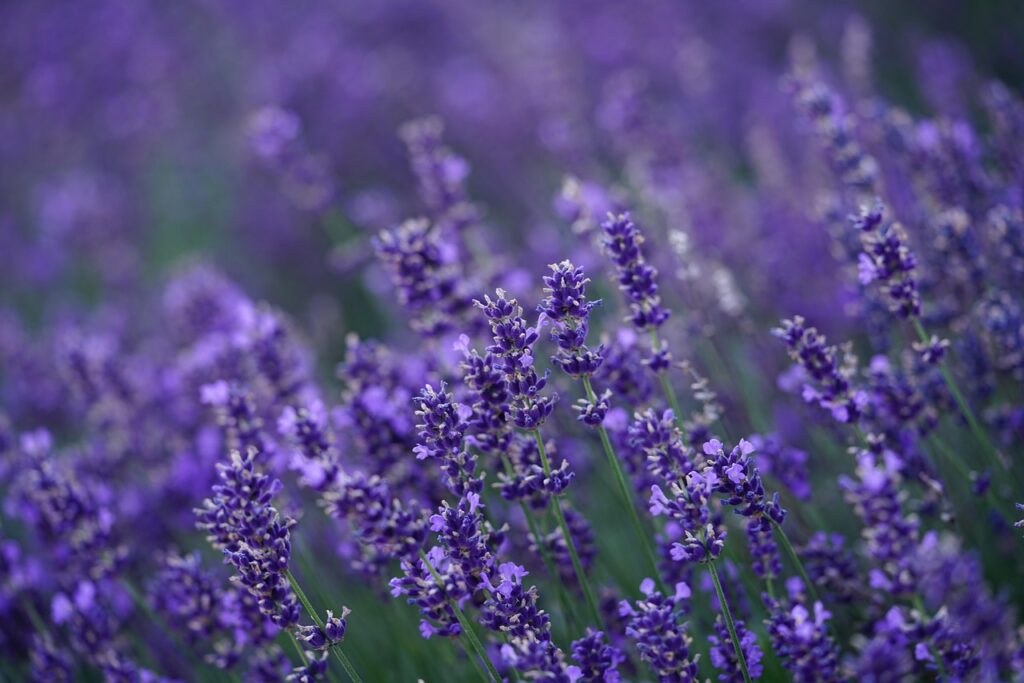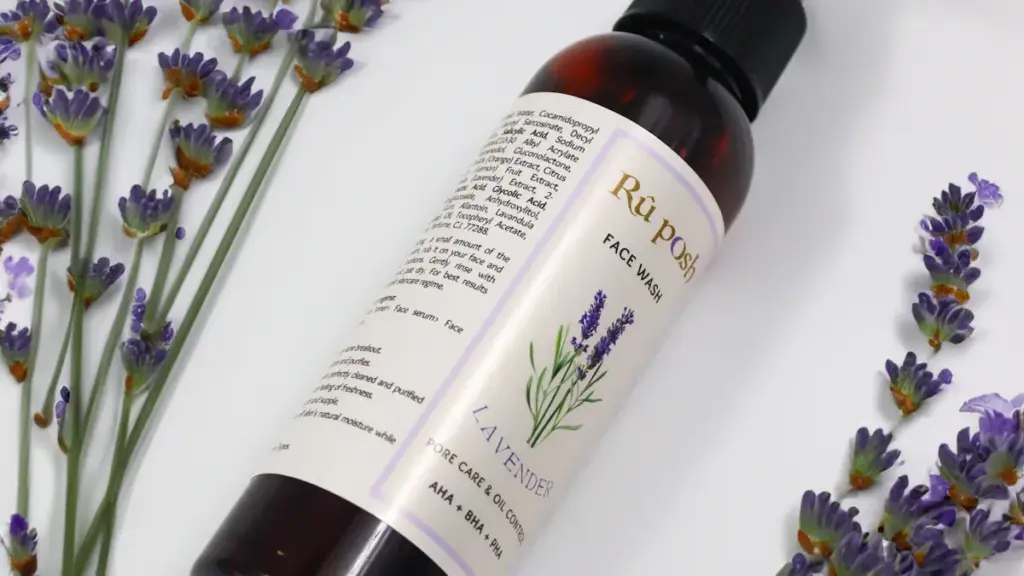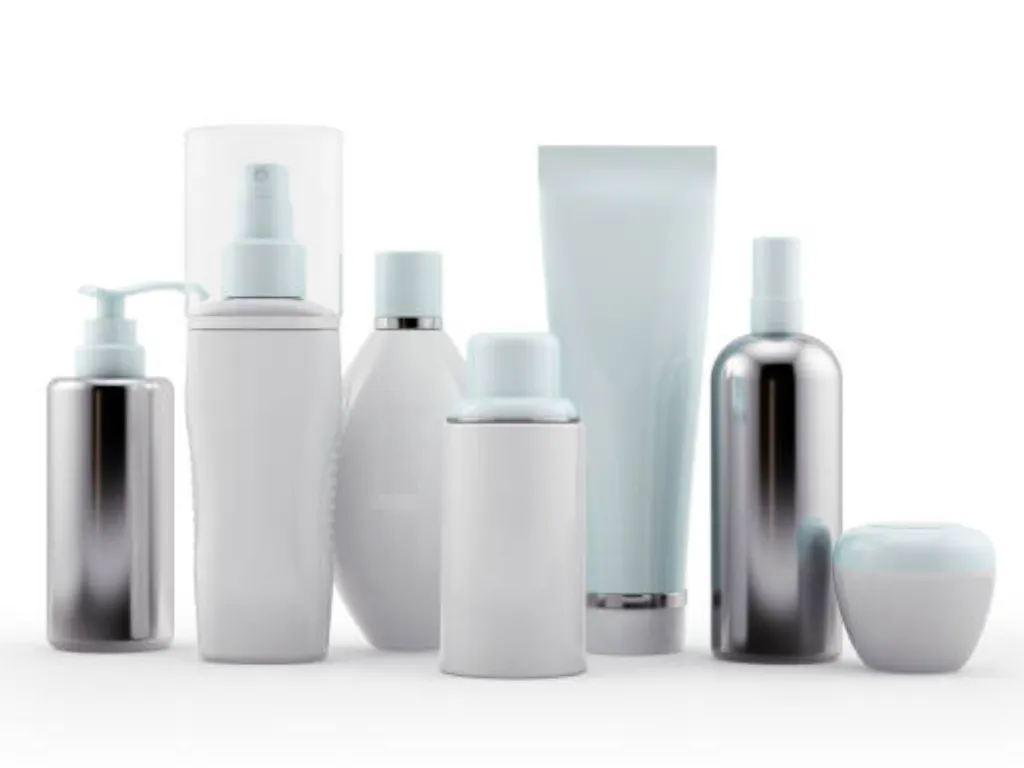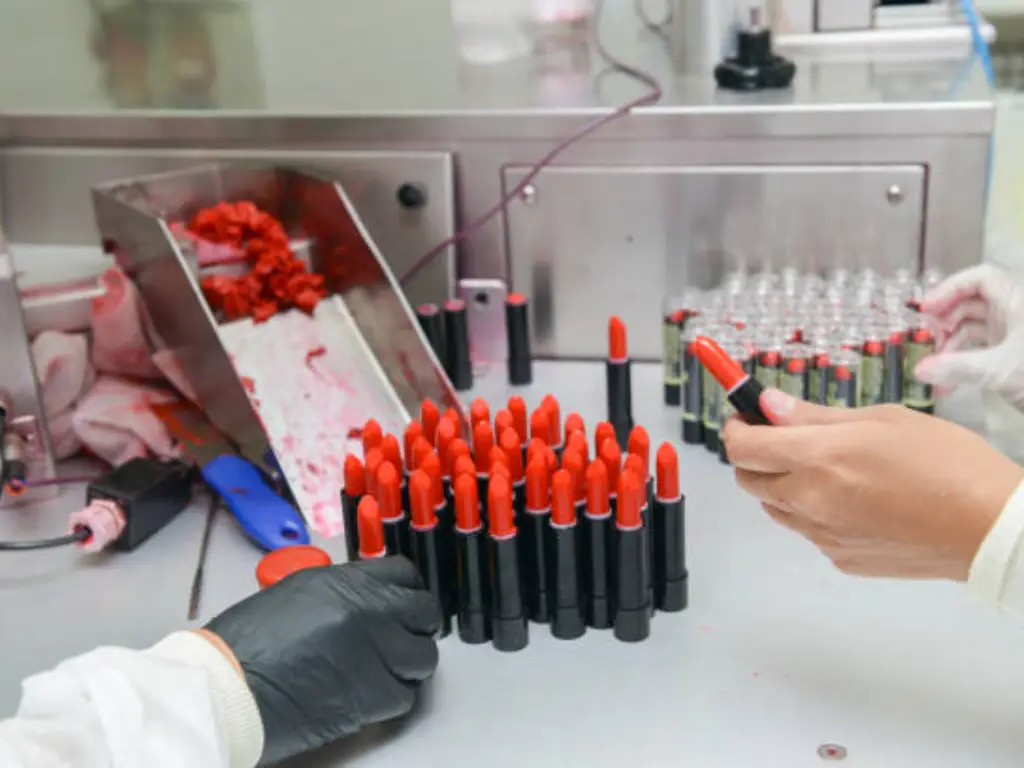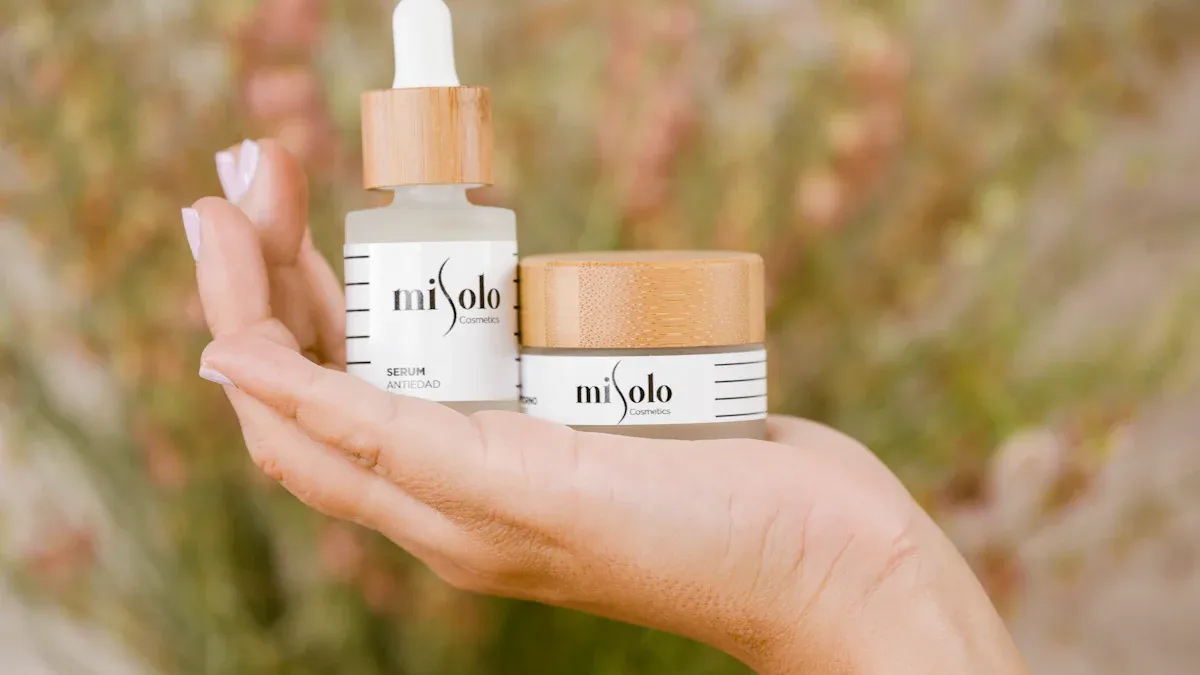
Water conservation is reshaping the beauty industry by inspiring innovative approaches to product formulations. Traditional cosmetics often rely heavily on water, but this practice strains global water resources. Water-free cosmetics provide a sustainable alternative, reducing water usage while offering effective and eco-friendly solutions.
Consumers like you are driving this change. The global waterless cosmetics market, geschätzt bei $8.5 Milliarden in 2021, is projected to grow significantly, greifen $23.17 Milliarden von 2033. This shift reflects the increasing demand for sustainable beauty products that prioritize cleaner ingredients and reduced environmental impact. Hautpflege, insbesondere, leads the way, accounting for half of the market’s revenue.
The growing awareness of sustainability and environmental issues has made waterless cosmetics a preferred choice for eco-conscious consumers.
The Role of Water in Beauty Product Formulations
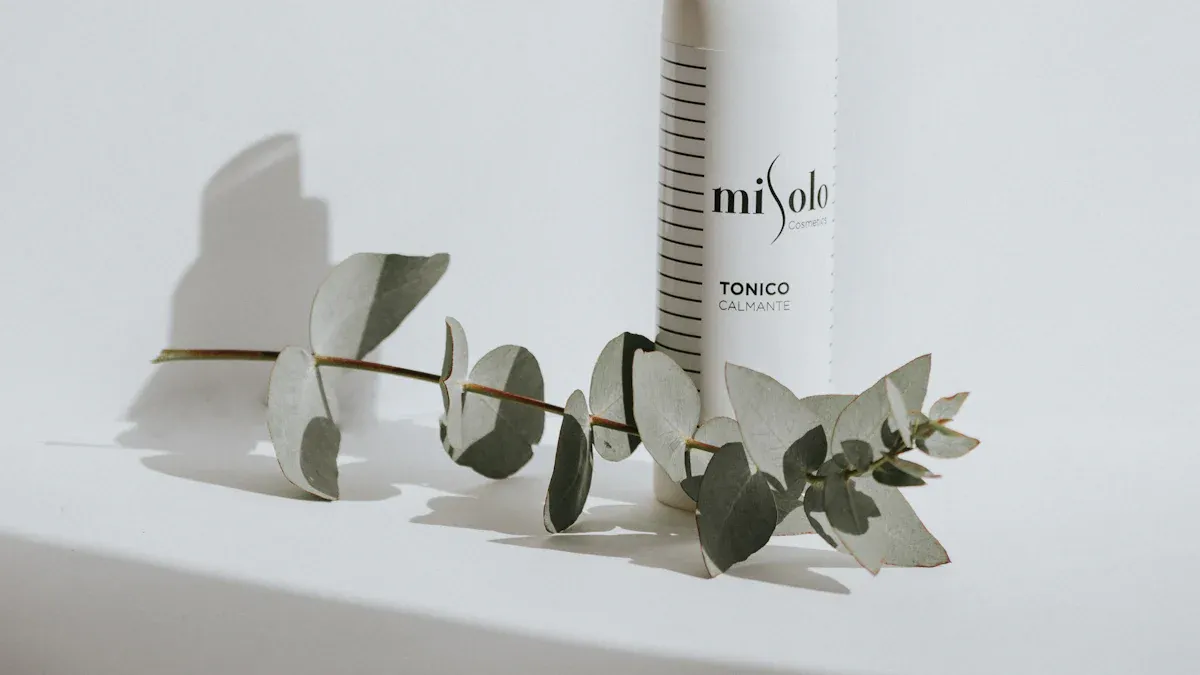
Why Water is a Key Ingredient in Traditional Cosmetics
Water plays a central role in traditional cosmetics. It acts as a solvent, helping to dissolve active ingredients and create smooth, easy-to-apply formulations. Many products, such as creams, Lotionen, and serums, rely on water to achieve their desired texture and consistency.
Historisch, water has been celebrated for its skincare benefits. Zum Beispiel, rice water has been used in Asian cultures for über 1,000 Jahre. It is known for its ability to brighten skin and promote hair growth. Studies show that rice water contains antioxidants comparable to vitamin C, which protect your skin from free radicals. It also hydrates, reduziert feine Linien, and soothes irritation. These properties make water an essential ingredient in many traditional beauty products.
Jedoch, the reliance on water in cosmetics has led to significant environmental challenges.
Environmental Challenges of Water Usage in the Beauty Industry
The beauty industry consumes vast amounts of water. In 2020 alone, it used approximately 10.4 million tons of water. This heavy consumption contributes to water scarcity, a growing global concern. Two-thirds of the world’s population is expected to face water shortages within this decade.
Water usage in the beauty industry also has a broader environmental impact. The production of water-based products generates wastewater, which often contains harmful chemicals. This wastewater pollutes oceans and disrupts marine ecosystems. Infolge, the industry’s water consumption practices are increasingly seen as unsustainable.
Switching to water alternatives and adopting mindful water usage can help reduce this impact. By choosing products that prioritize water conservation, you can support a more sustainable beauty industry.
The Rise of Water-Free Cosmetics

Defining Water-Free Beauty Products
Water-free beauty products, also known as waterless products, are formulations that eliminate or significantly reduce water content. Unlike traditional cosmetics, which often contain water as a primary ingredient, these products rely on concentrated, active ingredients to deliver results. This approach not only enhances product efficacy but also reduces the reliance on water, a critical resource in the beauty industry.
Waterless products come in various forms, such as solid bars, powders, and balms. These formats eliminate the need for preservatives, as the absence of water minimizes the risk of microbial growth. This makes waterless formulations a cleaner and more sustainable choice for your skincare and beauty routine.
Benefits of Water-Free Formulations for Sustainability
Switching to water-free cosmetics offers significant environmental benefits. Traditional water-based products require large amounts of water during production and packaging. By contrast, waterless formulations reduce water consumption and minimize the environmental footprint of the beauty industry.
A life cycle assessment of water-free shampoo formulations highlights their sustainability advantages. These products lower resource depletion and energy use compared to liquid shampoos in plastic packaging. The study also reveals a 92% reduction in global warming potential, showcasing the transformative impact of waterless beauty on the environment.
Waterless products also align with the growing demand for eco-friendly solutions. As consumers like you seek sustainable alternatives, the market for waterless skincare is projected to grow from $15.96 Milliarden in 2024 Zu $17.23 Milliarden in 2025, with a compound annual growth rate (CAGR) von 8.0%. Von 2029, this market is expected to reach $23.09 Milliarde, driven by minimalistic beauty routines and the rise of e-commerce.
Choosing waterless products not only supports sustainability but also empowers you to make environmentally conscious decisions.
Popular Formats in Water-Free Cosmetics
Waterless product formats have gained popularity due to their versatility and eco-friendly appeal. Here are some of the most common types:
Format Type | Beschreibung | Market Share/Trend |
|---|---|---|
Solid | Products like solid cleansers and balm moisturizers are gaining popularity. | |
Powder | Powdered exfoliates are noted for their portability and sustainability. | Growing consumer preference in skincare. |
Balm | Cream balms are popular in luxury waterless makeup. | Targeting eco-conscious consumers. |
Stick | Stick-based products are part of refillable and plant-based formats. | Major players include Unilever and Beiersdorf. |
Solid formats, such as waterless facial moisturizing bars, are particularly noteworthy. These bars offer a compact, travel-friendly solution while eliminating the need for plastic packaging. Powdered products, auf der anderen Seite, provide a lightweight and customizable option for your skincare routine. Balms and sticks cater to specific needs, offering luxurious textures and innovative designs that appeal to eco-conscious consumers.
Waterless product formulations not only reduce water usage but also promote sustainability through innovative packaging and reduced waste. By embracing these formats, you can contribute to a more sustainable beauty industry while enjoying high-performance products.
Sustainable Practices in the Beauty Industry
Reducing Water Footprint Through Ethical Ingredient Sourcing
Ethical ingredient sourcing plays a vital role in reducing the water footprint of the beauty industry. By choosing ingredients that require less water during cultivation and processing, brands can significantly lower their environmental impact. Zum Beispiel, companies like Nestlé have implemented “Water Resources Reviews” to assess and improve water usage. This initiative has led to a 50% reduction in water withdrawals per ton of product over a decade.
You can also support this effort by selecting products made with sustainably sourced ingredients. These ingredients often come from suppliers who prioritize water-saving practices and collaborate with local communities to protect water resources. This approach not only conserves water but also promotes fair trade and biodiversity.
Aspekt | Details |
|---|---|
Unternehmen | Nestlé |
Task or Conflict | Addressing water scarcity and ecological changes due to extensive operations. |
Lösung | Initiated ‘Water Resources Reviews’ to assess and improve water usage and local stewardship. |
Overall Impact | Achieved nearly 50% reduction in water withdrawals per ton of product from 2010 Zu 2020. |
Key Learnings | Emphasized the importance of local solutions and community collaboration for sustainable results. |
By supporting brands that adopt ethical sourcing, you contribute to a more sustainable beauty industry and help conserve water for future generations.
Eco-Friendly Packaging Innovations
Packaging innovations are transforming the beauty industry by reducing waste and conserving resources. Many brands now use bioplastics, which are biodegradable and have a lower carbon footprint compared to traditional plastics. Diese Materialien, derived from plant-based sources like PLA and PHA, are paving the way for compostable packaging solutions.
Consumer awareness also plays a crucial role in driving these changes. Research shows that eco-friendly packaging influences purchasing decisions, highlighting the importance of environmental attitudes. Durch Auswahl von Produkten mit nachhaltigen Verpackungen, you encourage brands to adopt eco-friendly processes and reduce their environmental impact.
Key Innovations in Eco-Friendly Packaging:
Bioplastics with unique mechanical and thermal properties.
Compostable packaging made from plant-based biopolymers.
Refillable containers that minimize single-use waste.
These advancements not only reduce the beauty industry’s reliance on water-intensive production methods but also align with your desire for sustainable practices.
Advanced Manufacturing for Water Conservation
Advanced manufacturing techniques are revolutionizing water conservation in the beauty industry. Companies are adopting innovative water reuse systems to minimize waste and improve efficiency. Zum Beispiel, a paper manufacturing plant reduced water use by 5 million gallons annually through process water reuse. Ähnlich, a food processing facility achieved a 40% reduction in water consumption by implementing a greywater recycling system.
In the beauty sector, water-efficient manufacturing focuses on recycling and reusing water during production. This approach not only conserves water but also reduces energy use and greenhouse gas emissions.
Key Aspect | Beschreibung |
|---|---|
Water Conservation | Techniques like recycling and reusing water during manufacturing and developing formulations that require less water. |
Goal | Creating waterless innovations and managing water footprint responsibly across the supply chain. Investing in water footprint research projects to track and measure savings. |
Unternehmen | Croda: Committed to responsible management of water consumption and waste production, aiming to reduce water use impact by 50% aus 2018 levels by 2030. |
By supporting brands that invest in water-saving benefits and advanced manufacturing, you can help drive sustainability in the beauty industry. These innovations ensure that water remains a protected and valued resource for generations to come.
Companies Driving Innovation in Water Conservation
Brands Leading the Water-Free Cosmetics Movement
Several brands are at the forefront of the water-free cosmetics movement, driving innovation and sustainability in the beauty industry. These companies are responding to the growing demand for eco-friendly solutions while addressing the environmental challenges posed by water usage.
L'Oréal: This global leader has committed to recycling 100% of the water used in its industrial processes by 2030. Its “dry factory” concept minimizes water consumption during production.
Ecolab: Von 2030, Ecolab aims to restore over 50% of its total water withdrawal. In 2021 alone, the company conserved over 215 billion gallons of water.
Kimberly-Clark: The WaterLOUPE tool developed by Kimberly-Clark assesses water risk and availability, helping communities and industries manage water resources effectively.
Coca-Cola: Since 2003, Coca-Cola has invested $2 billion in water conservation, achieving a 25% improvement in water efficiency by 2020.
These brands demonstrate that innovative waterless products and sustainable practices can coexist, paving the way for a greener future in skincare and cosmetics.
Oully’s Role in Sustainable Beauty Manufacturing
Oully stands out as a trusted partner for brands seeking sustainable beauty solutions. Mit über einem Jahrzehnt Erfahrung, Oully specializes in creating innovative waterless products that align with your values. Operating from a 45,000 sq. ft. FDA-, Iso-, und CGMP-zertifizierte Einrichtung, Oully ensures high-quality manufacturing while prioritizing sustainability.
The company’s commitment to water conservation extends across its entire production process. By leveraging advanced manufacturing techniques, Oully minimizes water usage and reduces waste. Its customizable solutions, including solid bars and powdered formulations, cater to the growing demand for eco-friendly skincare and beauty products.
Oully also supports brands with eco-friendly packaging options, further reducing the environmental footprint of its products. By choosing Oully as your manufacturing partner, you contribute to a more sustainable beauty industry.
Emerging Technologies Supporting Water Conservation
Technological advancements are transforming water conservation efforts across industries, including the beauty sector. These innovations enhance efficiency, Abfall reduzieren, and ensure sustainable water management.
Real-time Monitoring: IoT devices detect leaks and quality issues instantly, enabling proactive maintenance and reducing water loss.
AI and Big Data Analytics: These tools optimize water management by predicting demand and identifying inefficiencies.
Desalination Technologies: Innovations like solar desalination provide sustainable solutions for water-scarce regions.
Automatisierung und Robotik: These technologies streamline operations, improving safety and productivity in water treatment.
Blockchain: This technology enhances transparency in water resource management, ensuring secure tracking of water usage.
By adopting these technologies, companies can significantly reduce their water footprint. Als Verbraucher, supporting brands that embrace these innovations helps drive sustainability in the beauty industry.
Water conservation is reshaping the beauty industry by addressing the environmental challenges posed by traditional formulations. A single bottle of shampoo can require up to 22 liters of water während der Produktion, while water makes up 95% of many beauty products. By embracing water-free cosmetics, you support a water-secure future and reduce the strain on global resources. Brands like L’Oréal are leading the way, aiming to cut water consumption per product by 60% von 2030. Choosing sustainable skincare solutions empowers you to drive change and protect this vital resource for generations to come.
FAQ
What are water-free cosmetics, and how do they work?
Water-free cosmetics are products formulated without water as a primary ingredient. They rely on concentrated active ingredients to deliver results. These products often come in solid, powder, or balm formats, which reduce the need for preservatives and enhance sustainability.
Why should you choose waterless beauty products?
Waterless beauty products conserve water, Abfall reduzieren, and often contain fewer synthetic additives. By choosing these products, you support eco-friendly practices and help minimize the environmental impact of the beauty industry.
Are water-free cosmetics as effective as traditional products?
Ja, water-free cosmetics are highly effective. They use concentrated formulas with active ingredients, delivering potent results. Without water, these products often have a longer shelf life and require fewer preservatives.
How can you identify sustainable beauty brands?
Look for certifications like cruelty-free, vegan, or eco-friendly labels. Brands that use ethical sourcing, recyclable packaging, and water-saving manufacturing practices often prioritize sustainability. Researching a brand’s mission and values can also help.
Do water-free products cost more than traditional ones?
Water-free products may seem pricier upfront, but their concentrated formulas often last longer. You use less product per application, which can save money over time. Zusätzlich, their environmental benefits make them a worthwhile investment.
💡 Tipp: Start with a single water-free product to explore its benefits before transitioning your entire routine.

